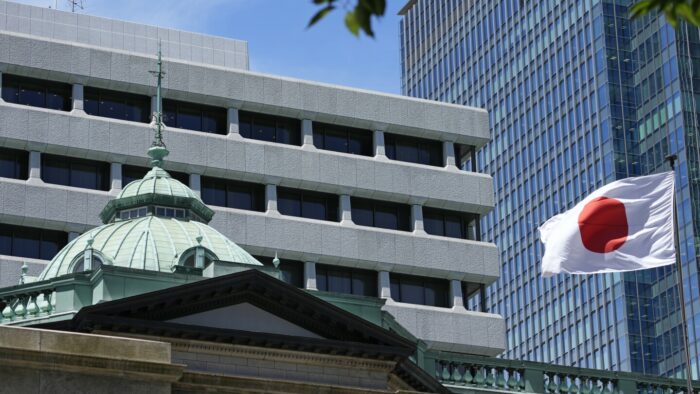According to individuals familiar with the bank’s strategy, the Bank of Japan (BOJ) is anticipated to provide a quantitative outlook on its government bond purchases as it moves away from negative interest rates and its yield curve control (YCC) policy. This approach aims to mitigate potential turbulence in the markets.
BoJ Expected To End YCC and Negative Rates Soon – Sources Say

With inflation consistently surpassing the BOJ’s target of 2% for over a year, investors widely expect the central bank to elevate short-term interest rates from below zero in the upcoming week or by April.
The sources noted that the transition away from negative rates is expected to coincide with the termination of the YCC policy, which has been keeping the 10-year bond yield at approximately 0%, subject to a flexible ceiling of 1%.
This adjustment is designed to make market dynamics more influential in determining bond prices. However, according to the sources, the BOJ intends to offer details on the frequency of its bond purchases to prevent an excessive surge in long-term interest rates.
One of the sources mentioned, “To avert a sudden increase in yields, the BOJ would need to continue its government bond purchases and issue some guidelines,” a sentiment shared by others.
Don’t miss out the latest news, subscribe to LeapRate’s newsletter
Another source added, “The BOJ is expected to utilise bond purchases as a safeguard against an unwanted rise in yields,” suggesting that establishing a broad quantitative framework could be one of the strategies.
The BOJ has not specified a precise goal for the volume of bonds it buys but conducts purchases of around 6 trillion yen ($40.7 billion) monthly to meet its yield target. After moving on from YCC, the BOJ will likely maintain its current bond-buying rate, avoiding any significant reductions for now, as per the insiders.
Launched in 2013 under former Governor Haruhiko Kuroda, the BOJ’s extensive asset acquisition program aimed to stimulate growth and reach its 2% inflation goal. With the target remaining elusive, the central bank initiated a negative rate policy in 2016, imposing a 0.1% charge on banks’ excess reserves, and introduced YCC later that year.
Following the cessation of negative rates, the BOJ is expected to set the overnight call rate as its new benchmark, steering it close to zero by offering 0.1% interest on reserves held at the central bank, the sources indicated. As the exit from negative rates seems imminent, the market’s focus is turning to any hints the BOJ might give regarding the timing of future rate increases.